Where Are We
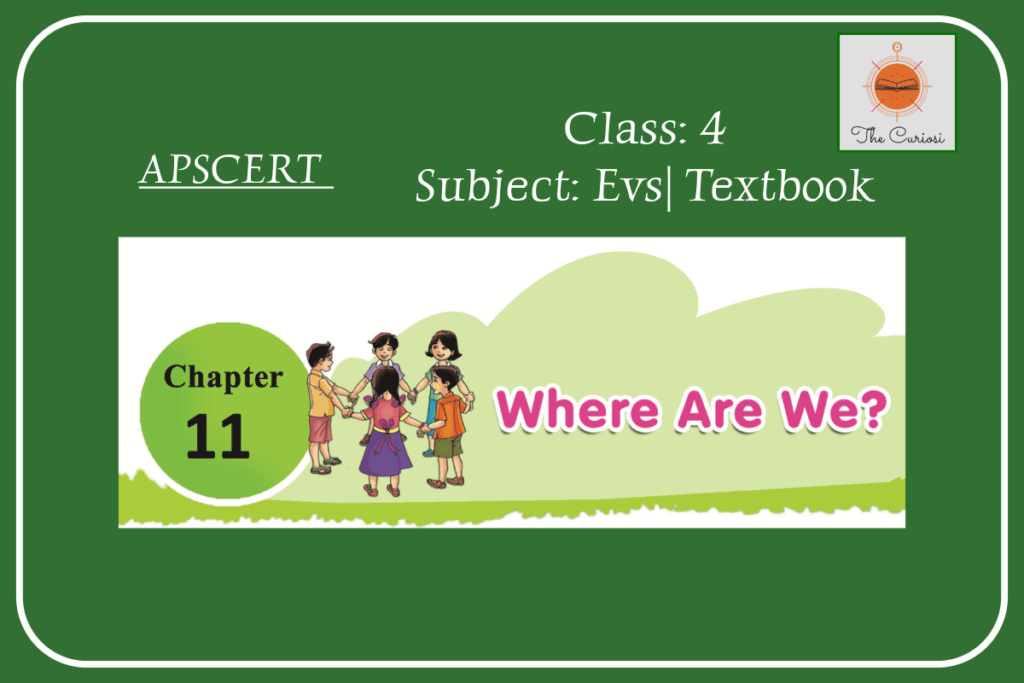
Class 4 | EVS | Textboook | Chapter 11 | Solutions | Improve Your Learning Andhra Pradesh | APSCERT Here are the answers to the “Improve Your Learning” section from the lesson “Where Are We” for Class 4 EVS: I. Conceptual Understanding 1. How many continents are there on the Earth? What are they? • There are seven continents on the Earth: […]
Earth to Space
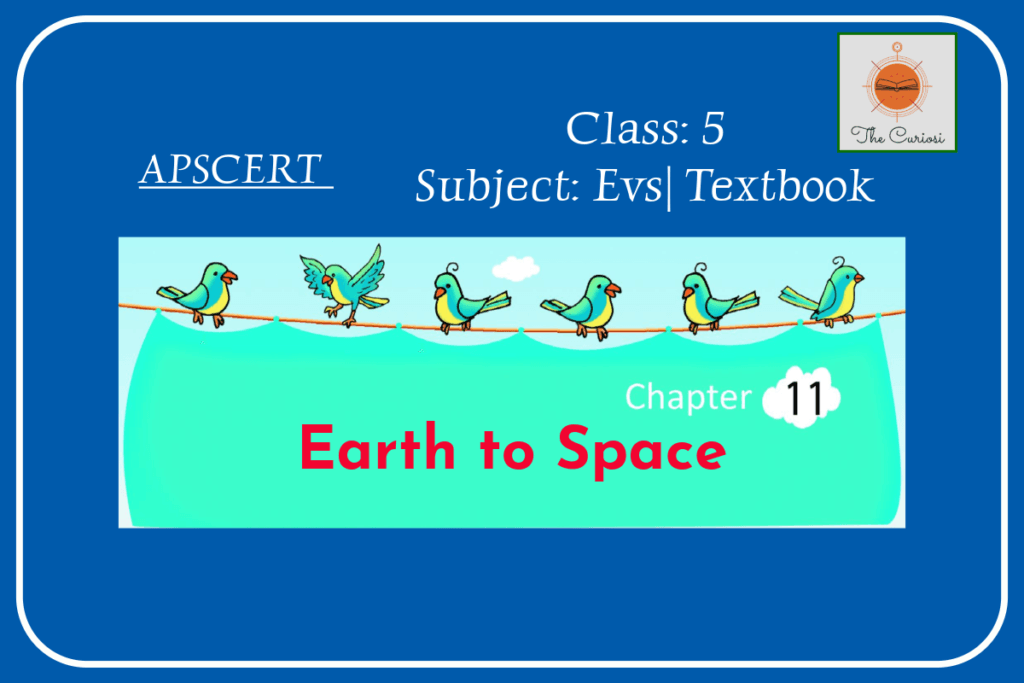
| Class 5 | EVS Tetbook | Chapter 11 Andhra Pradesh | APSCERT Home » Solutions » Class 5 » EVS Textbook Solutions » Chapter 11: Earth to Space Here are the answers to the “Improve Your Learning” section from the lesson “Earth to Space” for Class 5 EVS. I. Conceptual Understanding 1. What are the differences between latitudes and longitudes? • Latitudes: • These are horizontal […]
The Journey of India for Freedom | Class 5 | Evs Textbook | Solutions
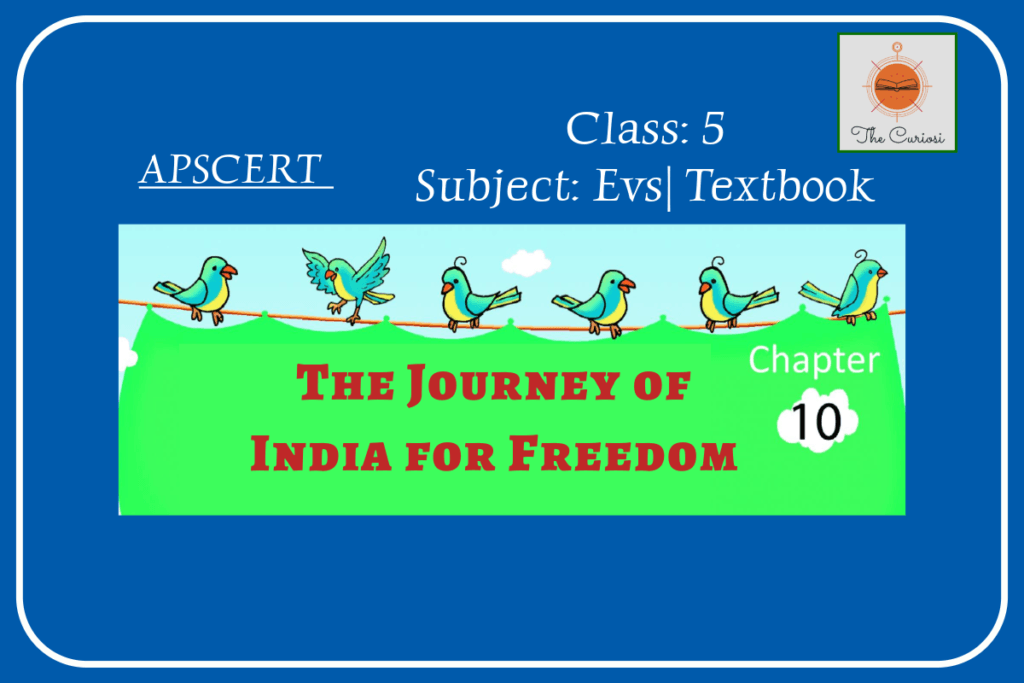
Andhra Pradesh | APSCERT Home » Solutions » Class 5 » EVS Textbook Solutions » Chapter 10: The Journey of India for Freedom Here are the answers to the “Improve your Learning” section from the lesson “The Journey of India for Freedom”: I. Conceptual Understanding 1. Explain what would have happened if freedom fighters had not sacrificed their lives for us? If freedom fighters had […]
Alert Today, Alive Tomorrow
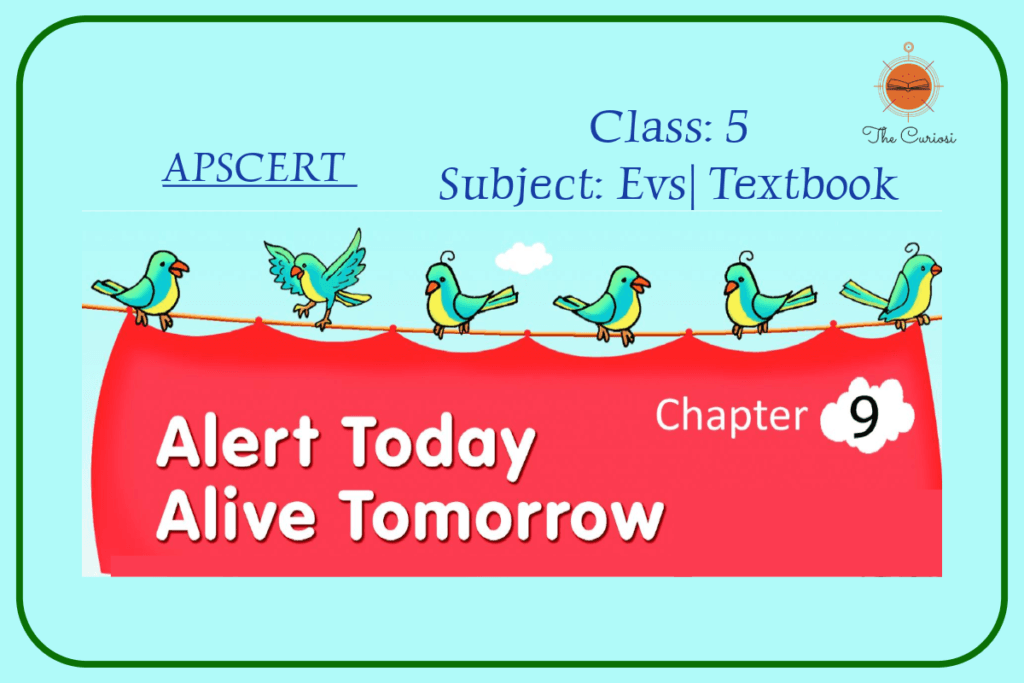
Class 5 | Evs Textbook | Chapter 9 Home » Solutions » Class 5 » EVS Textbook Solutions » Chapter 9: Alert Today, Alive Tomorrow Here are the answers to the “Improve Your Learning” section from the lesson “Alert Today, Alive Tomorrow” for Class 5 EVS I. Conceptual Understanding 1. Why should we take safety measures? • Safety measures help prevent accidents and injuries. • They ensure that […]
Chapter 9: Communications | Class 4 | Evs Textbook | Solutions
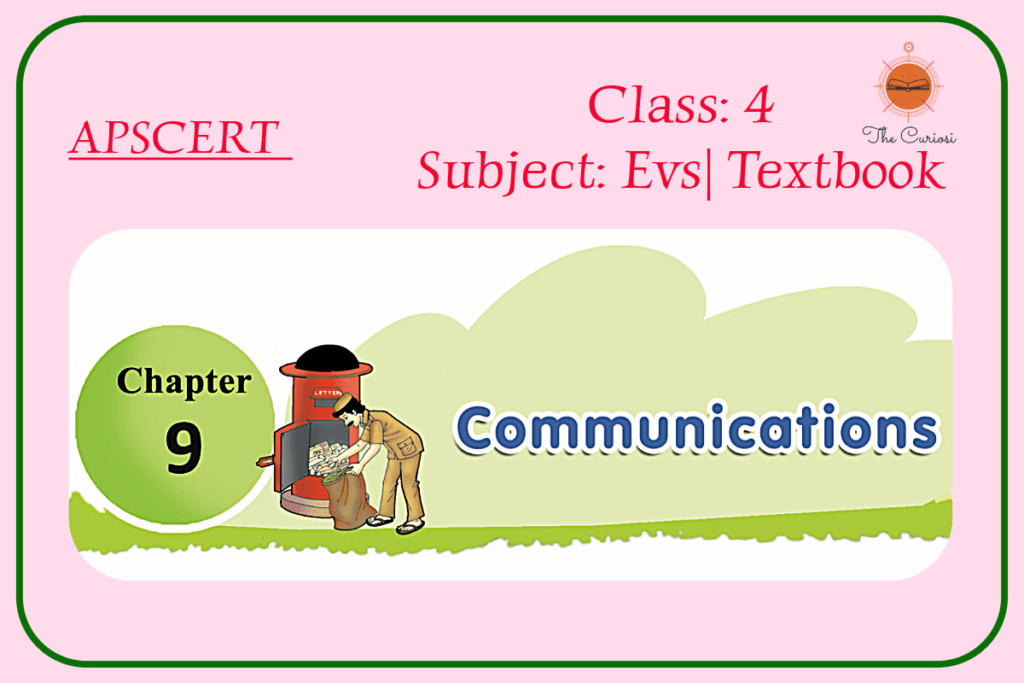
APSCERT | ANDHRA PRADESH Here are the answers to the “Improve Your Learning” section from the lesson Communication (Class 4 EVS): I. Conceptual Understanding 1. What is the means of communication? How many types of communication are there? • Communication is the process of sharing ideas, thoughts, and feelings with others. • There are two types of communication: 1. One-to-One Communication – Communication between individuals […]
Chapter 8: Tranaport | Class 4 | EVS | Textbook
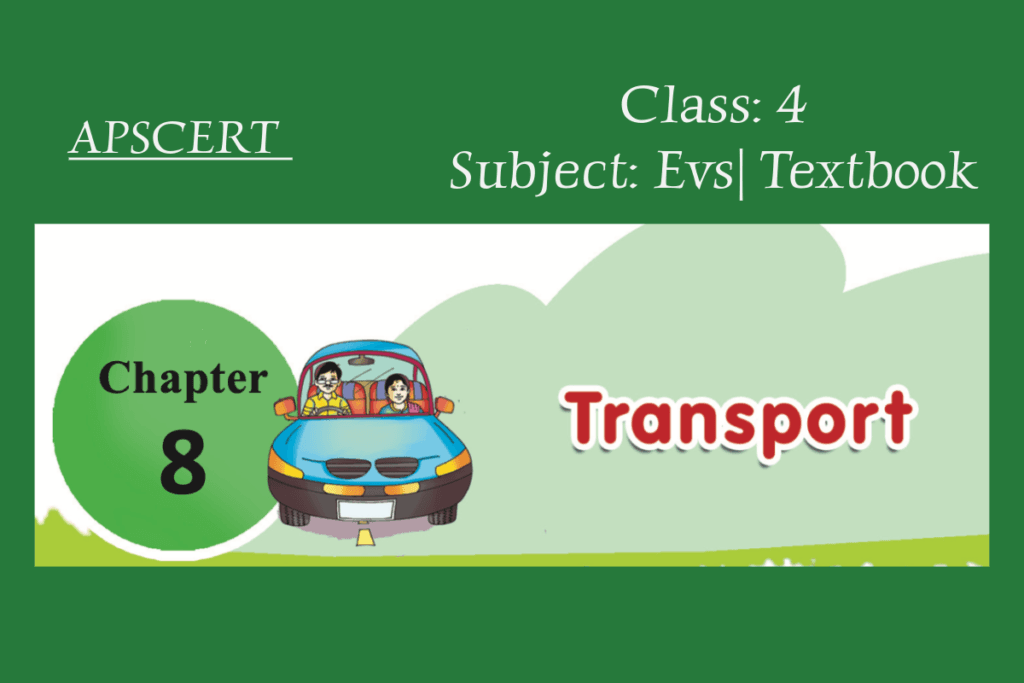
APSCERT | ANDHRA PRADESH Here are the answers to the “Improve Your Learning” section from the lesson Transportation (Class 4 EVS): I. Conceptual Understanding 1. What are the vehicles used for transport in your village or town? • In my town, common vehicles used for transport are buses, cars, bicycles, motorcycles, and auto-rickshaws. • In villages, people use bullock carts, tractors, bicycles, […]
Chapter 3: Clothes We Wear | Class 5 | EVS | Textbook | Solutions | AP SCERT
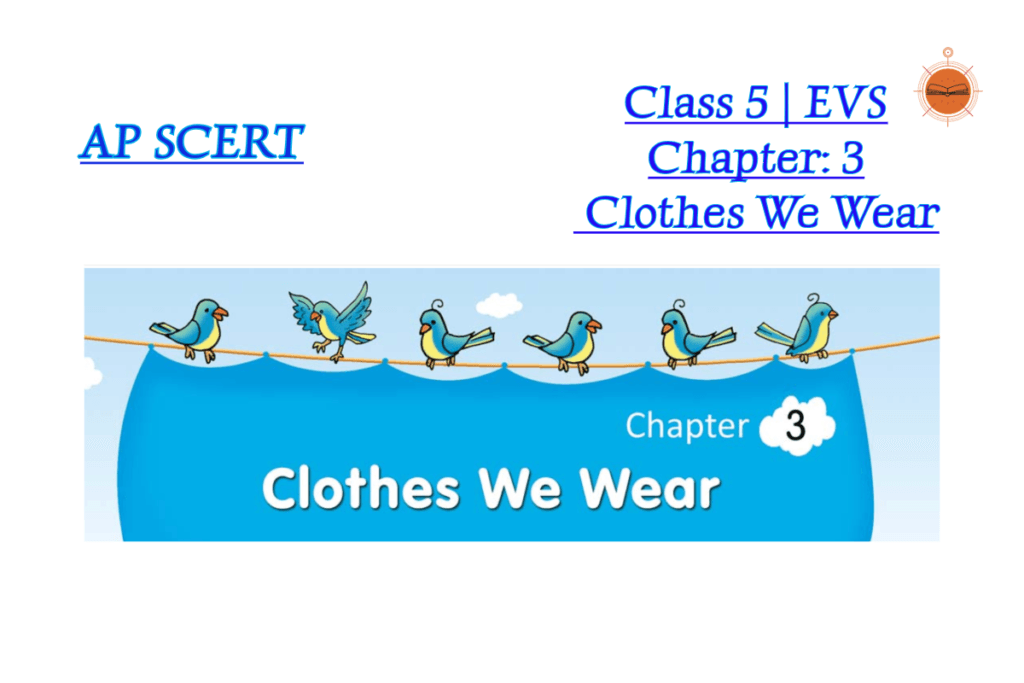
Andhra Pradesh | APSCERT Home » Solutions » Class 5 » EVS Textbook Solutions » Chapter 3: Clothes We Wear Based on Chapter 3, “Clothes We Wear,” from the Class 5 EVS textbook, here are the answers to the “Improve Your Learning” section. Improve Your Learning I. Conceptual Understanding 1. Write a brief note on the uses of air? 2. Name the kind of […]
Chapter 2: Climate Change | Class 5 | EVS | Textbook Solutions
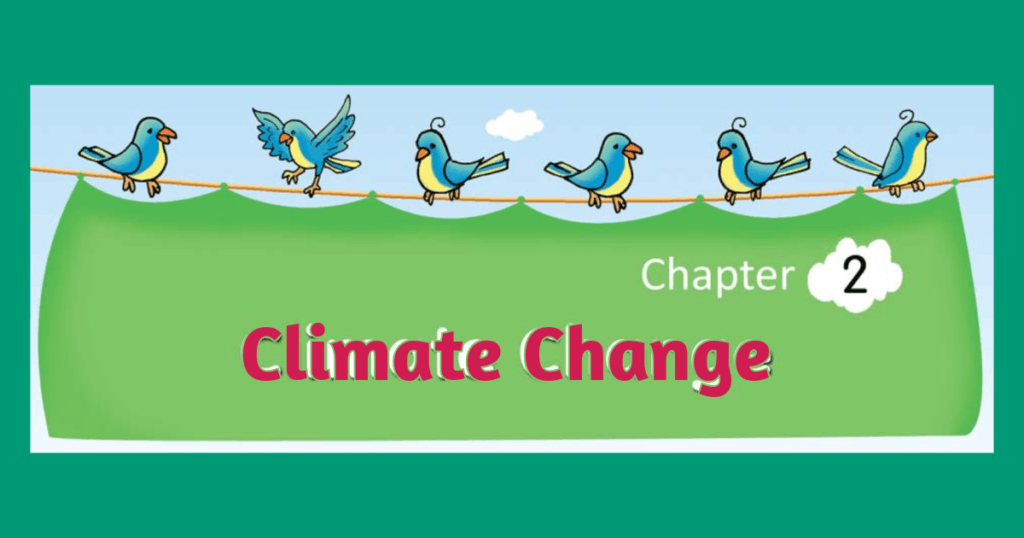
Andhra Pradesh | APSCERT Home » Solutions » Class 5 » EVS Textbook Solutions » Chapter 2: Climate Change Here are the answers to the “Improve Your Learning” section for the lesson “Climate Change” I. Conceptual Understanding 1. What is climate? • Climate refers to the weather conditions such as temperature and rainfall prevailing in an area over a long period. 2. What […]
